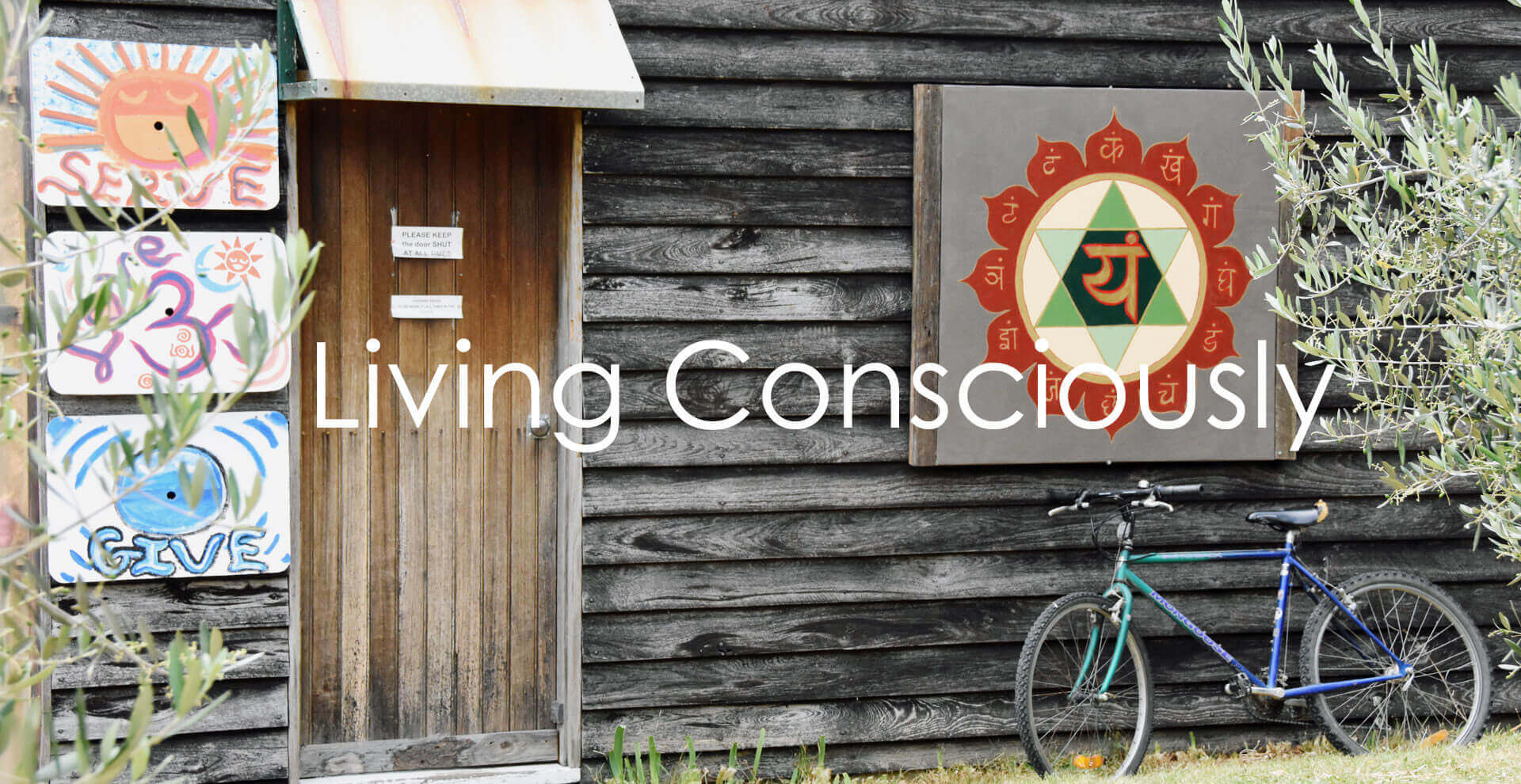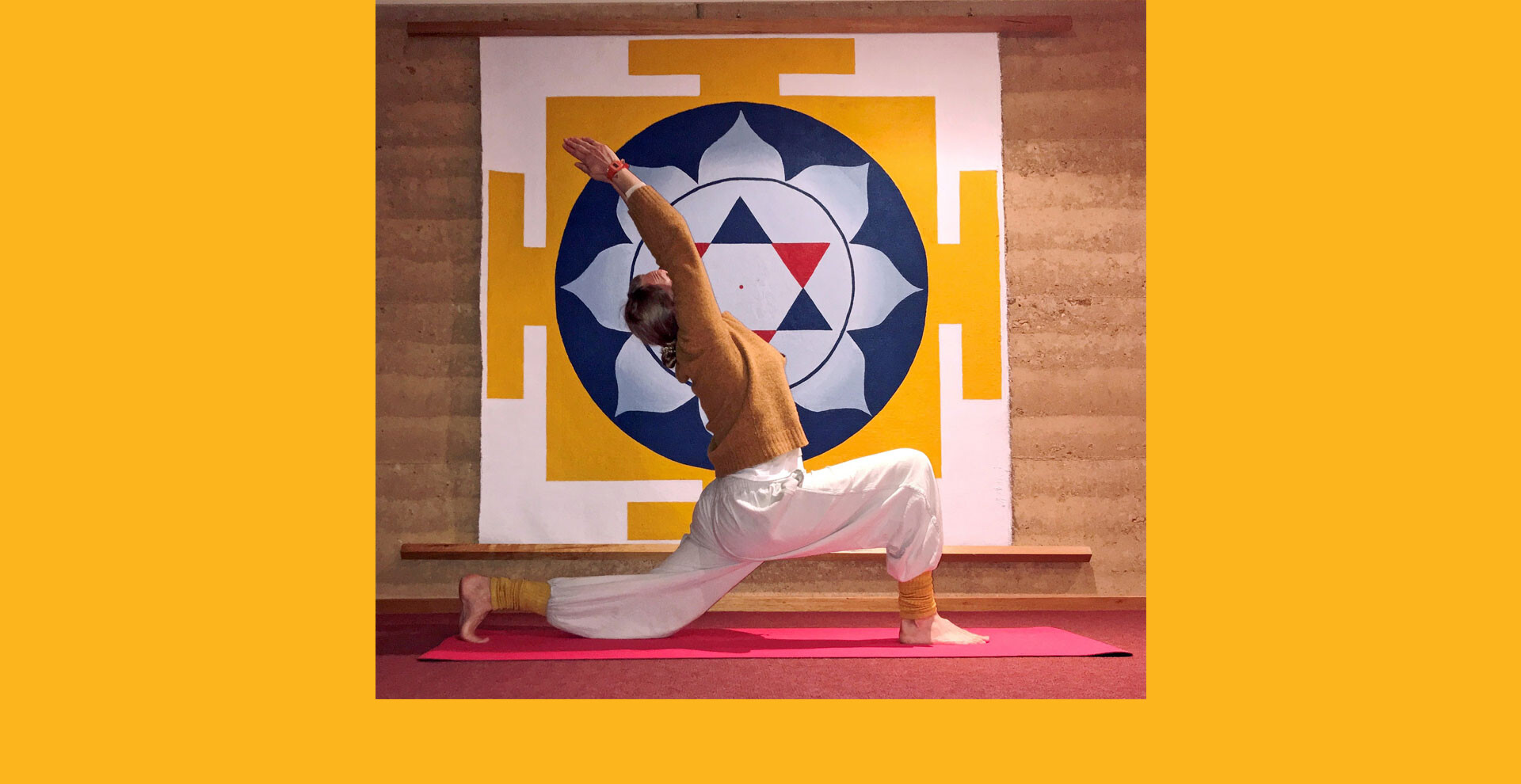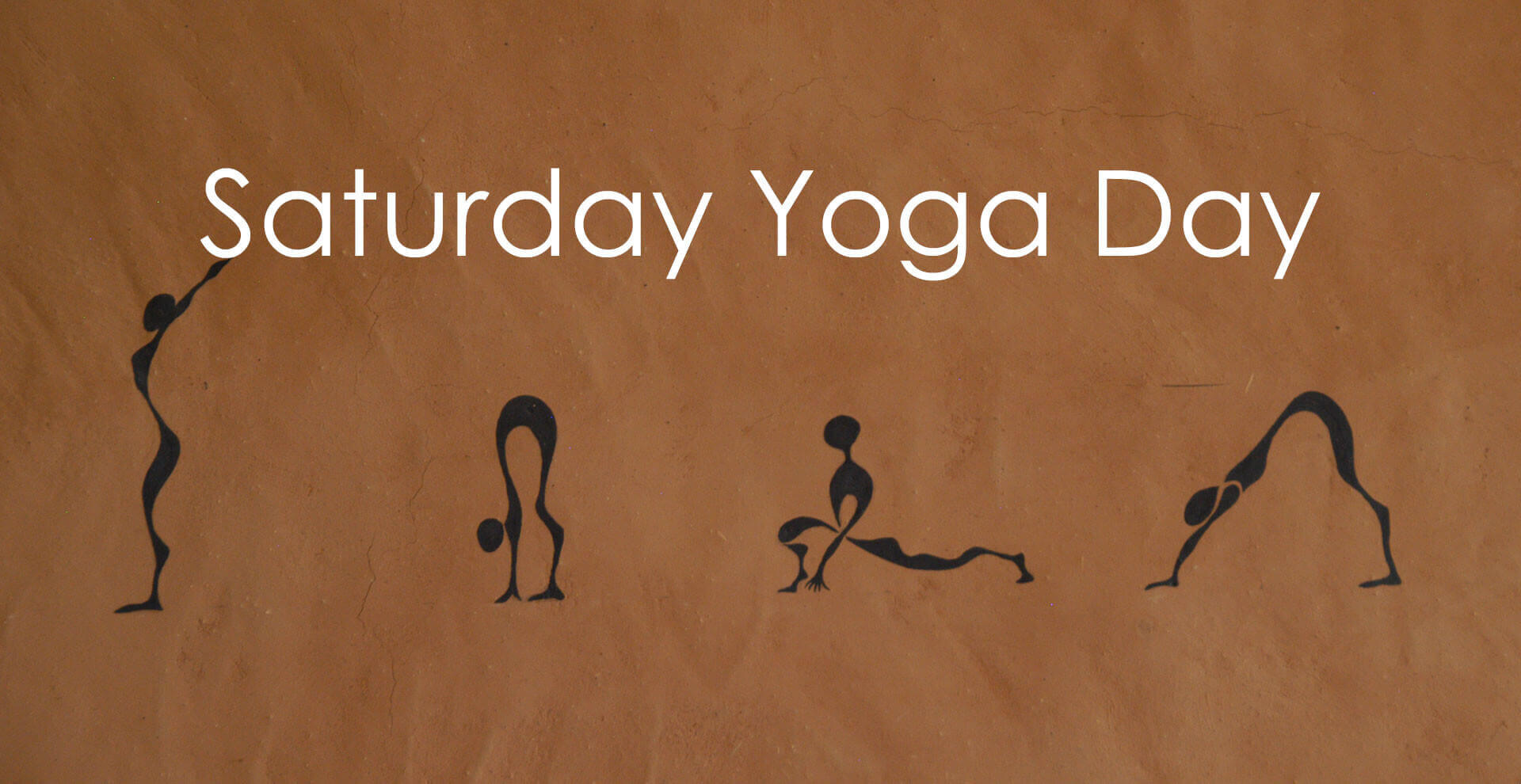
Monthly Yoga Events


Monthly Yoga Events
There is a monthly retreat that will suit everyone at any time of the year. My weekend retreat "helped with clarity, setting priorities to de-stress and change, and its affordable"Living Consciously


Living Consciously
1 week to 1 month
"Format - open, flexible, well balanced with practical & theory based sessions. Creative approach to developing a yogic lifestyle"Personal Retreat


Personal Retreat
As many days as required
"Peace & connectedness, beautiful place offering genuine yoga practices and lifestyle"Yoga & Ashram Life Options


Yoga & Ashram Life Options
for a few days, weeks or up to 6 months
"Feel empowered with new life skills, a quieter mind, a greater understanding of yoga practices both on and off the mat"Living Consciously Option 2


Living Consciously Option 2
5 to 7 nights
"I feel a lot more positive and have life skills to change and be more in touch with my inherent positive qualities"Mid week - Living Consciously


Mid week - Living Consciously
Sun to Thur
"Centre myself in my daily life and live in a more balanced lifestyle."Feel Great Breaks Yoga Retreat


Feel Great Breaks Yoga Retreat
Mon to Thur
"A very unique and rewarding experience, and opportunity for self development and reflection"Online Zoom Classes


Online Zoom Classes
The zoom classes offered are intended to establish stability, connection, self-care, self-understanding, cultivate a steady practice for equanimity and inner peace and harmony during these turbulent times. A steady practice of yoga steers the consciousness in the direction of clarity, positivity and peaceful endurance.Day Visits


Day Visits
"Why not open the door to a new experience – you will be surprised how refreshed and tranquil your mind can become"The ideal place for your first or next retreat
The ideal place for your first or next retreat
Welcome to get in touch with us
Quick Links
Retreats

Rocklyn Yoga Ashram, operated by Yoga Association of Victoria Inc. as an autonomous entity, remains committed to the tradition of Satyananda Yoga and continues the teachings of the Satyananda system of yoga.















